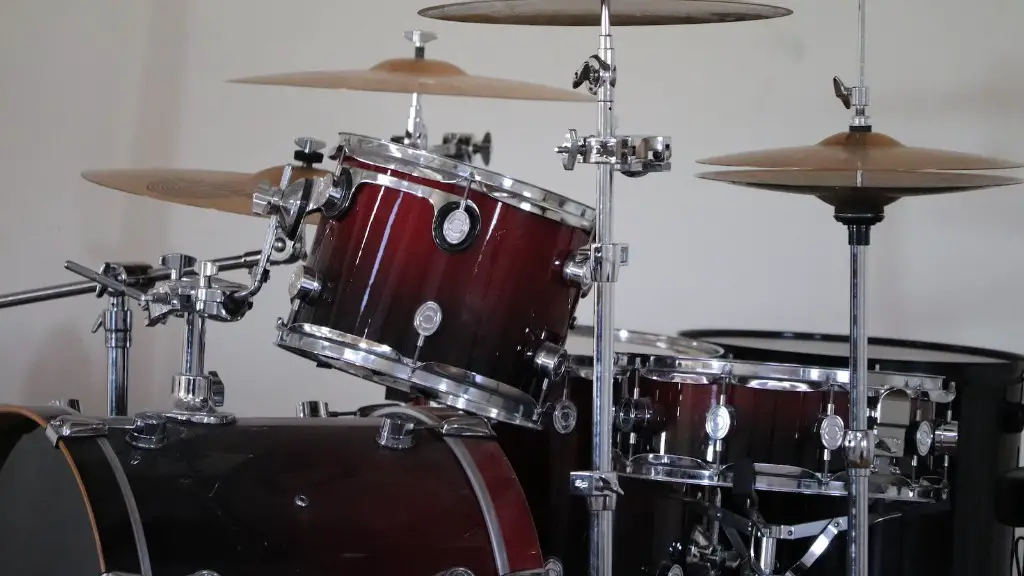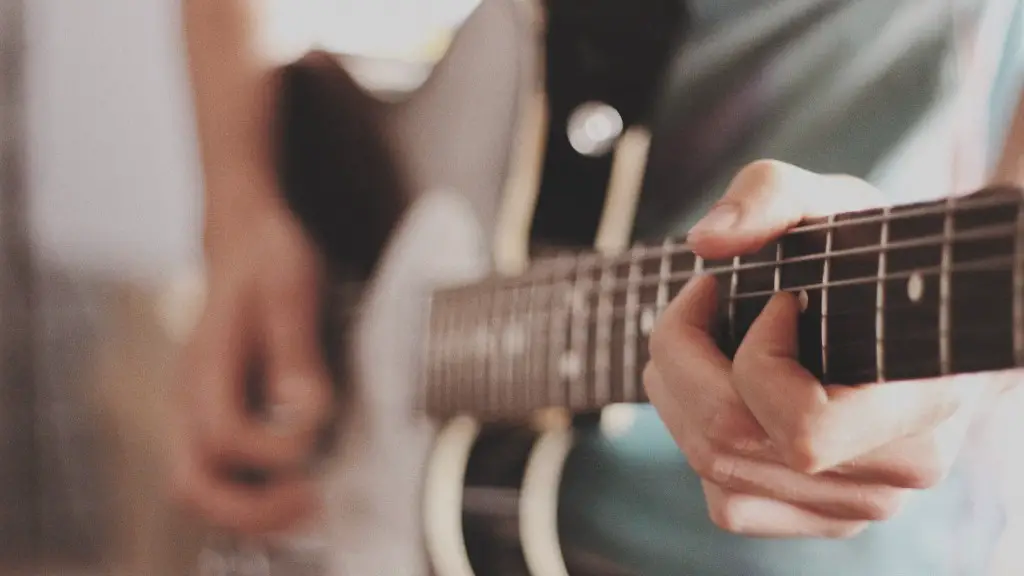Playing drums is an exciting and enjoyable way to express yourself musically. If you’re looking to learn how to play drums for free, you’ve come to the right place!
This guide will provide you with all the information you need to get started playing drums without spending any money. We’ll cover topics such as which drum set is best for beginners, how to find free lessons online, and where to find free sheet music. We’ll also provide tips on how to practice effectively and build up your skills.
By the end of this guide, you’ll have all the knowledge and resources necessary for learning how to play drums for free! So let’s get started!
Learn Drum Rudiments
Drum rudiments are the foundation of drumming and are essential for any drummer. They provide the skills and techniques needed to play drums with precision and accuracy. Rudiments are made up of a sequence of basic drum strokes, such as single-stroke rolls, double-stroke rolls, paradiddles, flams, and drags. Learning these rudiments can help improve your timing, coordination, speed, and dexterity.
Fortunately, there are many resources available that can help you learn drum rudiments. Youtube videos are great for seeing the strokes demonstrated in real time. Online tutorials can provide step-by-step instructions on how to play each of the rudiments. Practice pads can help you master the proper form for each stroke and allow you to practice at your own pace.
If you want to take your playing to the next level, consider joining a drum circle or taking lessons from an experienced teacher who can provide personalized feedback and guidance. Drum circles offer an opportunity to practice with other musicians in a supportive environment which can help you improve quickly. Private lessons allow you to get personalized instruction from an expert who will be able to break down complicated concepts and help you develop good habits from the start.
Learning drum rudiments takes time, but it is worth it! With dedication and practice, anyone can become a great drummer! Start by mastering the basics and then move onto more complex patterns. With enough practice over time, your skills will continue to improve—so don
Acquire Essential Drumming Equipment
Drumming is an immensely fulfilling and challenging craft. To get the most out of your playing, it’s essential that you have the right equipment. Fortunately, there are plenty of options available for aspiring drummers.
The first step is to purchase a drum set. You’ll need at least a bass drum, snare drum, hi-hat cymbals, and one or two tom-toms. Make sure to choose drums that fit your style of playing and budget. It’s also important to get a good quality throne to provide support and comfort while you play.
The next piece of equipment you’ll need is a set of drumsticks. Make sure they’re the right size and weight for your hands, as this will make playing more comfortable and efficient. You should also consider buying practice pads, which are great for honing your technique without disturbing the neighbours!
Finally, no serious drummer can do without a metronome. This essential tool will help you keep time during practice sessions, as well as providing useful feedback on your rhythmic accuracy. With these pieces of equipment in place, you’re all set to start learning how to play drums for free!
Developing Accuracy and Speed when Playing Drums
Playing the drums accurately and at speed requires dedication and practice. It is important to have a good foundation in drumming basics such as proper posture, hand position, and technique. Additionally, a drummer must have the ability to read music or learn rhythms by ear.
Once the basics are mastered, it is important to develop consistent drum strokes that are accurate and fast. Start with simple rhythms such as quarter notes, eighth notes, and sixteenth notes on one drum or cymbal. Then gradually increase the speed while maintaining accuracy.
When practicing faster tempos, start by playing only one hand at a time. Once comfortable with single-handed playing, begin to incorporate both hands simultaneously. When playing both hands together make sure that each stroke is played evenly and with an even amount of force. This will help create a clean sound that does not waver in intensity.
The last step in building speed and accuracy is to practice with a metronome or click track. This will help keep the tempo consistent while practicing faster tempos. Also, try playing along with songs that require fast tempos or complex rhythms to further hone your skills.
With practice and dedication anyone can develop their accuracy and speed while playing drums!
Practice with a Metronome to Play Drums Free
Learning to play drums can be an intimidating and challenging task. One great way to help improve your drumming skills is to practice with a metronome. A metronome helps you keep time and develop accuracy while playing. It also allows you to play at different speeds, allowing you to challenge yourself and improve your rhythm.
Using a metronome is easy. First, set the tempo of the metronome by adjusting the speed knob. Then, start playing along with the metronome. Make sure your notes and beats match up perfectly with the click of the metronome. As you become more comfortable, gradually increase the tempo until you reach the desired speed.
It’s important to practice regularly when using a metronome. Start by practicing for just 10 minutes each day and gradually increase your practice time as your skill level increases. Also, it’s important to ensure that you are playing in time with the metronome as this will help strengthen your sense of time and rhythm.
Try different rhythms and styles while playing along with the metronome and experiment with different tempos as well. This will help develop your skills as a drummer and give you confidence in playing at faster speeds in live performances or recordings.
Overall, practicing with a metronome is essential for any drummer looking to improve their skills and accuracy while playing drums free!
Learn to Read Music Notation
Learning to read music notation is an important step for any drummer who wishes to become a professional musician. Reading music notation gives drummers the ability to accurately interpret written music, allowing them to play with greater finesse and creativity. With the help of online resources, such as How To Play Drums Free, drummers can gain a comprehensive understanding of music notation and its fundamentals.
Reading music notation involves recognizing various symbols and knowing how they correspond to different rhythmic patterns and techniques. Symbols such as quarter notes, eighth notes, rests, and ties are all used to indicate how a particular drum pattern should be played. It is also important for drummers to understand time signatures, tempo markings, and dynamic indications in order to fully comprehend written musical scores.
Drummers can use online tutorials and interactive tools to practice reading music notation on their own time. Many websites provide free lessons that cover the basics of reading music notation from start to finish. Through these resources, drummers can learn how to efficiently read and interpret written musical scores in order to perform with accuracy and precision.
For those who want a more comprehensive approach, there are many courses that teach more advanced concepts such as sight-reading and improvisation. These courses provide students with the skills needed for professional performance opportunities. By learning how to read music notation properly, drummers can become better musicians overall – expanding their repertoire of techniques and taking their playing abilities beyond what they ever thought possible!





